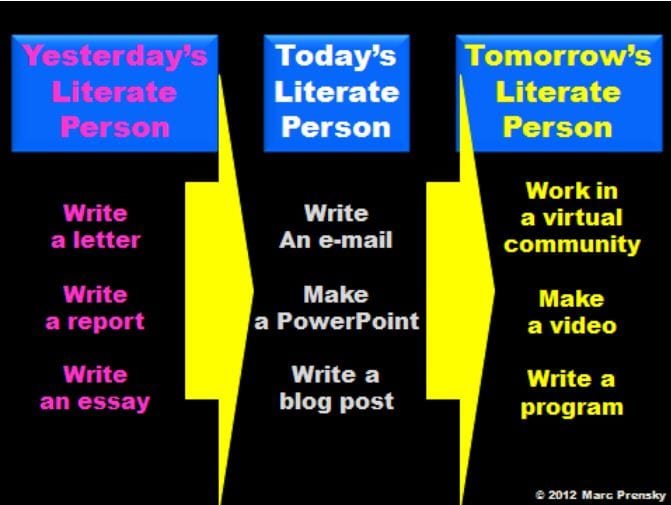Teaching and Learning in the Digital Age (TELEDA) is coming. The virtual doors open 25 October for 9 days of online induction. Learning Block One commences 1 November. TELEDA is a 24 week M level course (30 CATS) designed to give participants experience of being a virtual student as well as examine issues raised by digital education, in particular open educational resources and inclusive practice. There is emphasis on critical reflection through a choice of digital diary formats with evidence of reflection required for the assessed eportfolio.
One course isn’t enough to cover all aspects of teaching and learning in a digital age and a second 30 credit module is under discussion. Together these will constitute a postgraduate certificate in digital education or teaching and learning online.
TELEDA is as much about the impact of the internet on education as about how people learn in virtual environments. Most of the resources are freely available. While the new cohort are completing application forms and getting head of school/department approvals, participants have been given links to a short video clip and a paper which cover one of the themes running through the 24 weeks; digital literacies.
Digital Natives Digital Immigrants by Mark Prensky was written over a decade ago but the dichotomy has stuck in public consciousness and the idea of young people being inherently digital – while older people are getting left behind – remains influential. While some people find the language of the paper contentious, and Presnky himself has revisited the original ideas, the issues around the appropriateness of educational systems – designed in a pre-internet age – offer valid discussion points. http://www.marcprensky.com/writing/Prensky%20-%20Digital%20Natives,%20Digital%20Immigrants%20-%20Part1.pdf
The TELEDA pilot was a step in the dark for everyone but if you don’t try something new you don’t know what might come out of it. As more programmes consider blended and distance delivery, I remain the confident the opportunity to be an online student is the best mode of discovery for resources and activities which work – or don’t work – in virtual environments. What is increasingly clear is the original rhetoric of elearning has not lived up to its promise. Learning online is not a case of doing more for less. Retention requires resources. Of the human kind as much as a technological infrastructure. There is currently renewed interest in research into digital education; research based on the practical as well as the theoretical. We live in interesting times where virtual learning is being revisited and reassessed. I’m proud and excited to be part of the process.
